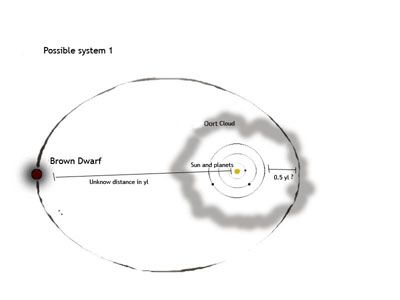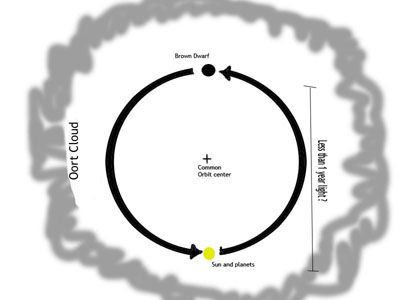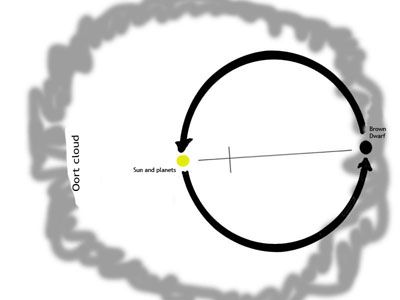according to this page of wikipedia:
http://en.wikipedia.org/wiki/Nemesis_(hypothetical_star)
It seems that the theory to explain the Claimed periodicity of mass extinctions
becomes satisfied with presence of a brown dwarf star.
And according of what i found wrote in there:
over the 84% of the stars systems are binary !!
(but i read this only in the italian version, don't know why in the english version is not mentioned..)
In that 84% is not counted the presence of a brown dwarf star ...
so the possibilities are higher that 84% ?
SO it means that really we live into a binary system and we didn't know it ?
http://en.wikipedia.org/wiki/Nemesis_(hypothetical_star)
It seems that the theory to explain the Claimed periodicity of mass extinctions
becomes satisfied with presence of a brown dwarf star.
And according of what i found wrote in there:
over the 84% of the stars systems are binary !!
(but i read this only in the italian version, don't know why in the english version is not mentioned..)
In that 84% is not counted the presence of a brown dwarf star ...
so the possibilities are higher that 84% ?
SO it means that really we live into a binary system and we didn't know it ?



